Edgar Degas’ “Women Ironing” is an oil painting completed in Paris between 1884 and 1886. After a privileged childhood and studies at Paris’s prestigious Ecole des Beaux-Arts, Degas became a fulltime painter. He began with drawings, moved to color and oils, then to pastels, and with his eyesight failing ultimately turned to sculpture. He often traveled to Italy, lived a Bohemian lifestyle amid the cafés of Montmartre in Paris, and exhibited his work in Impressionist salons.His favorite subjects included horse races, café and music hall scenes, ballerinas, models, and women in discreet bathroom scenes. In the 1880s, Degas began painting scenes of women involved in day-to-day life [For graphics: Show “Dancers at the Bar”]. “Women Ironing” is one of four paintings that use women ironing as a theme. The third is the most famous. Like fellow painter Honoré Daumier, Degas [For graphics: show image of “Washerwoman,” 1863] chose to portray the routine hardships endured by washerwomen, ignoring a romanticized 17th-century depiction of the trade as light and playful.
Degas’ painting shows two working women, one bent over an iron, the other yawning while gripping a bottle of wine.The
composition of the painting depends on the diagonal lines suggested by ironing board, in turn bisected by the vertical wine bottle and the chimney in the background.Blue, maroon, green and ochre colors are present in the foreground and in the clothes of the women themselves, creating a chromatic balance. The colors are intentionally imbalanced, applied to the canvas without the usual preparatory base, making the canvas seem rough and grainy. The physical exertion and repetitiveness of the task come to life through the juxtaposition of the two women, as if Degas sought to portray two aspects of the same task. The back of the woman at work bends in the opposite direction from the yawning woman. The painting’s subject echoed Emile Zola’s novel L’Assommoir [1877], whose protagonist was washerwoman Gervaise Maquart. Zola later said that Degas’ artwork had had a profound influence on the novel. The painting has always remained in Paris, first in private collections and then at the Louvre
It has been on display at the Musée d’Orsay in Paris since 1986.
Degas’ painting shows two working women, one bent over an iron, the other yawning while gripping a bottle of wine.The
composition of the painting depends on the diagonal lines suggested by ironing board, in turn bisected by the vertical wine bottle and the chimney in the background.Blue, maroon, green and ochre colors are present in the foreground and in the clothes of the women themselves, creating a chromatic balance. The colors are intentionally imbalanced, applied to the canvas without the usual preparatory base, making the canvas seem rough and grainy. The physical exertion and repetitiveness of the task come to life through the juxtaposition of the two women, as if Degas sought to portray two aspects of the same task. The back of the woman at work bends in the opposite direction from the yawning woman. The painting’s subject echoed Emile Zola’s novel L’Assommoir [1877], whose protagonist was washerwoman Gervaise Maquart. Zola later said that Degas’ artwork had had a profound influence on the novel. The painting has always remained in Paris, first in private collections and then at the Louvre
It has been on display at the Musée d’Orsay in Paris since 1986.
RELATED
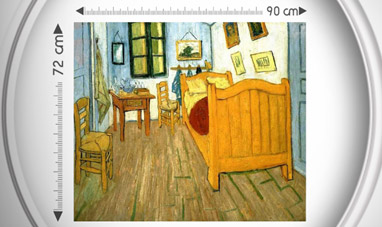

THE BEDROOM
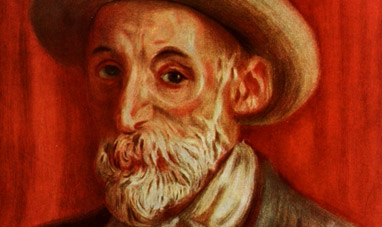

PIERRE AUGUSTE RENOIR
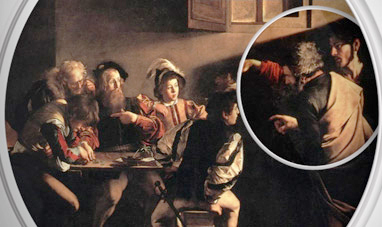

THE CALLING OF ST. MATTHEW
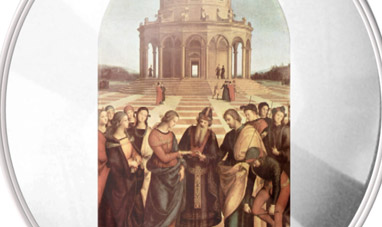

THE MARRIAGE OF THE VIRGIN
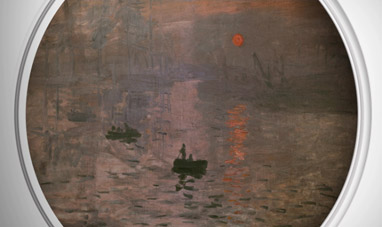

IMPRESSION, SUNRISE


BAROQUE


SCORPIO
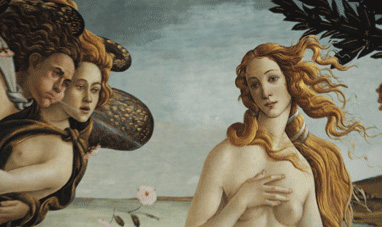

THE RENAISSANCE
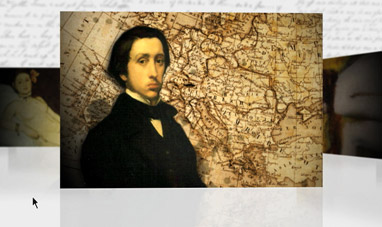

EDGAR DEGAS


THE SISTINE CHAPEL
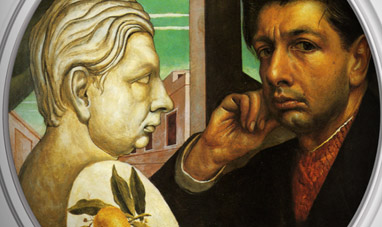

SELF PORTRAIT (GIORGIO DE CHIRICO)
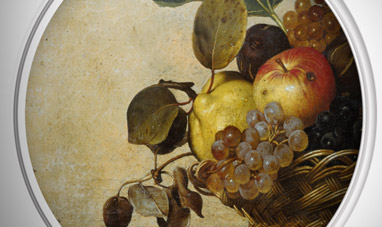

BASKET OF FRUIT
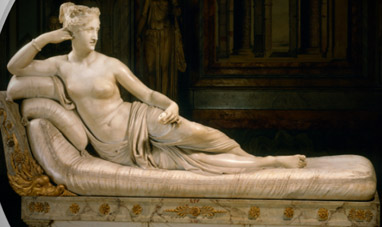

PAULINE BORGHESE
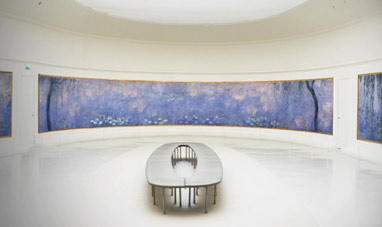

WATER LILIES (SERIES)
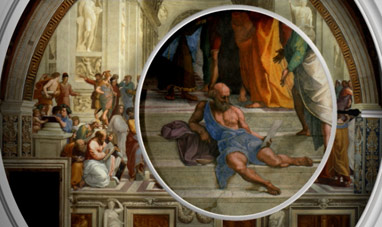

THE SCHOOL OF ATHENS
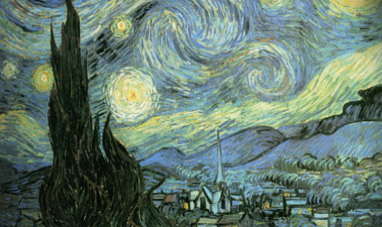

STARRY NIGHT
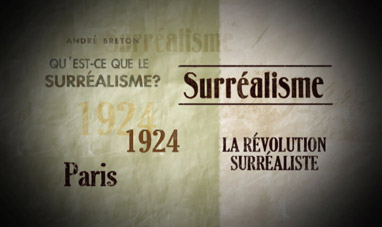

SURREALISM
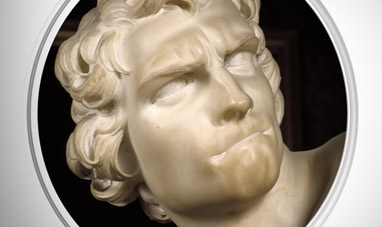

DAVID (BERNINI)
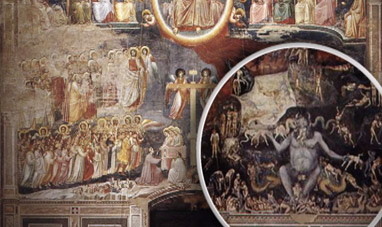

SCROVEGNI CHAPEL


PAUL CÉZANNE
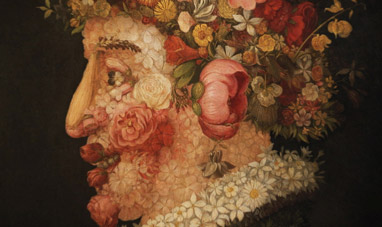

MANNERISM
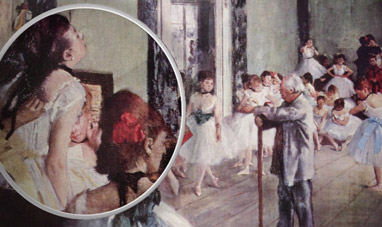

THE DANCE CLASS


YOUNG BOY WITH A BASKET FRUIT
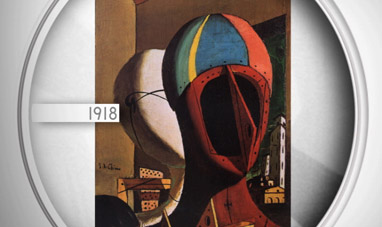

DISQUIETING MUSES
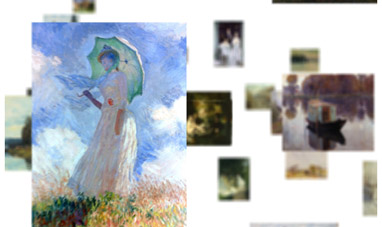

IMPRESSIONISM
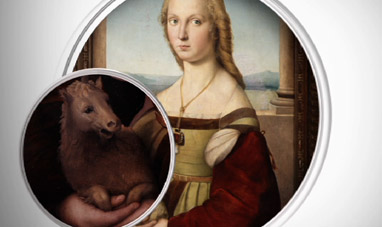

YOUNG WOMAN WITH UNICORN
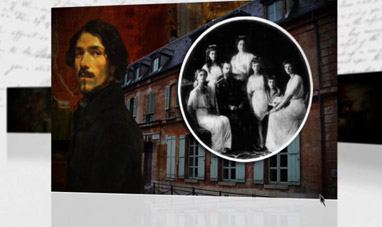

EUGÈNE DELACROIX
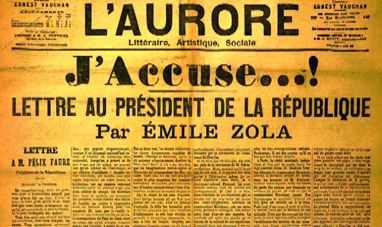

THE DREYFUS AFFAIR
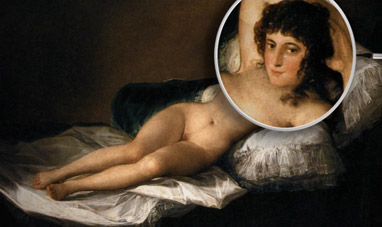

THE NUDE MAJA
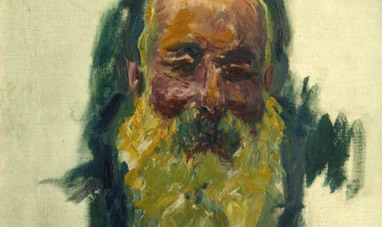

CLAUDE MONET
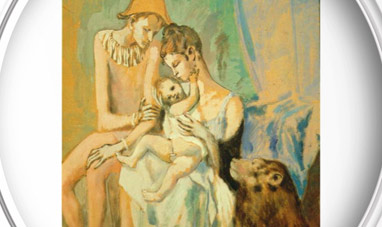

FAMILY OF ACROBATS, WITH MONKEY


ROMANTICISM
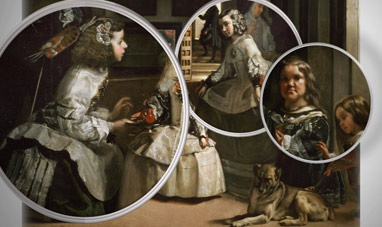

LAS MENINAS


GIOTTO-S-FRESCOES-IN-THE-ASSISI-CATHEDRAL
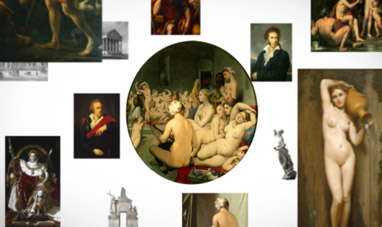

NEOCLASSICISM
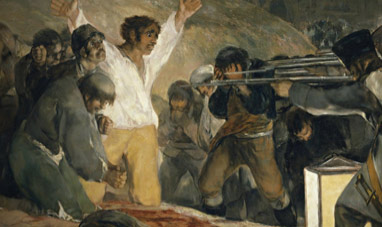

THE THIRD OF MAY 1808: THE EXECUTION OF THE DEFENDERS...
